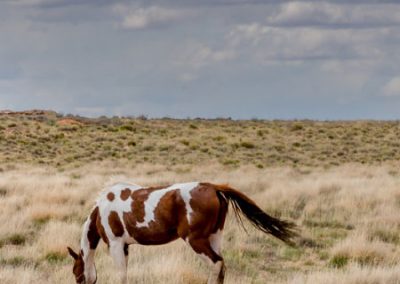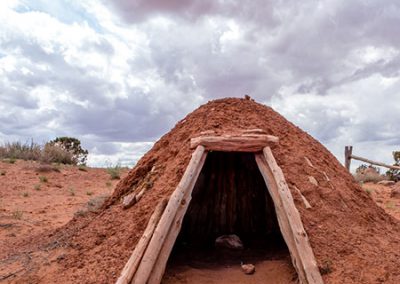Coalmine Canyon Rules & Regulations
Coalmine Canyon
Coalmine Canyon lays on the border of the Navajo Nation and Hopi Tribe. Be aware both Tribes have different rules and regulations regarding the canyon. The Navajo Nation occupies the western portion of the Canyon while the Hopi Tribe occupies the eastern portion.
Directions to picnic area from Coalmine Canyon Chapter House
From the former Chapter House drive north to HWY 264. At the junction turn west. Stay on HWY 264 for 1.16 miles. On the right-hand side there is a dirt road turn off that runs along a barbed wire fence which will lead to the canyon.
Contact Information:
Navajo Nation Police – Tuba City District
Tuba City Regional Health Care Corporation Trauma Center
Tuba City Fire Department: 928-283-3111
Coalmine Canyon Chapter: 928-280-0700
Cameron Visitors Center- Navajo Parks & Recreation: 928-679-2303
Rules & Regulations
Coalmine Canyon West is a Navajo Nation Tribal Park. Therefore, these Rules & Regulations apply.
- Stay on designated trails and routes. Cutting switchbacks damages trails and causes erosion and destruction of soil composition. It can take 100 years for soil and vegetation to recover from human impact.
- Respect the privacy and customs of the Navajo people. Do not wander across residential areas or disturb property. Obtain permission before taking pictures of the Navajo people.
- Whatever you pack into the wilderness, you must carry out. Nothing should be left, buried, or burned. Substances such as food scraps and garbage will take years to decompose and wildfires can be started by burning trash.
- Pets are allowed ONLY if on a leash at all times. The backcountry is open range for livestock.
- Photographs or video taken for commercial use is prohibited unless accompanied by a valid permit issued by Navajo Parks & Recreation or Navajo Office of Broadcasting Services.
- Navajo Tribal Code Title 17, Section 1451, prohibits the use of firearms.
- The Navajo Nation is not responsible for any injuries, accidents, or thefts of personal property during your visit.
- Fires are permitted only in grills, fireplaces, or similar control devices. No open ground fires. There is always a danger of wildfires.
- Do not disturb or remove animals, plants, rocks, or artifacts. Tribal Antiquity and federal laws are in effect. Special permits are required from the Navajo Minerals Department and Natural Heritage Program to collect rocks or plants.
- Consumption and/or possession of alcoholic beverages or illegal drugs are prohibited.
Vehicles: The Navajo Nation is not responsible for any theft or accidents during your visit. Parking your vehicles in isolated areas will not be monitored or surveillance. You may, however, obtain permission to park your vehicles at local residence. They may request a small fee.
Off-road Travel: Dune buggies, jeeps, 4-wheel drive vehicles and motorcycles are prohibited off established trails and on roads. Unnecessary trails or roads result in erosion to the fragile environment.
Hiking & Camping Rules
The Navajo Nation is comprised of more than 25,000 square miles and offers hikers numerous isolated trails and routes. For the safety of hikers who enter the reservation and for the protection of natural and cultural resources, the Parks and Recreation Department has implemented guidelines for backcountry use.
The trails are not improved or maintained and are usually marked with rock claims. To reach the trailheads, topographic maps and drives over rough roads are required. Roads can become impassible in wet weather, and conditions can change quickly. Travelers are cautioned to be prepared. To ensure having an enjoyable experience, plan your trip carefully. Most trails are rated strenuous to moderately strenuous, and good physical conditioning is important. Many Navajo families still live on the reservation annually. Please be respectful of homesites and animals in these areas. The terrain is rough, water is scarce, and the weather is often extreme in most areas.
In summer, the trails are hot and dry; in winter, elevations make them subject to severe cold and high winds. Due to the quick changes in the weather, be aware of the dangers of flash floods. While this danger is greatest during the summer monsoon season (July through September), flash floods can occur at any time of the year.



